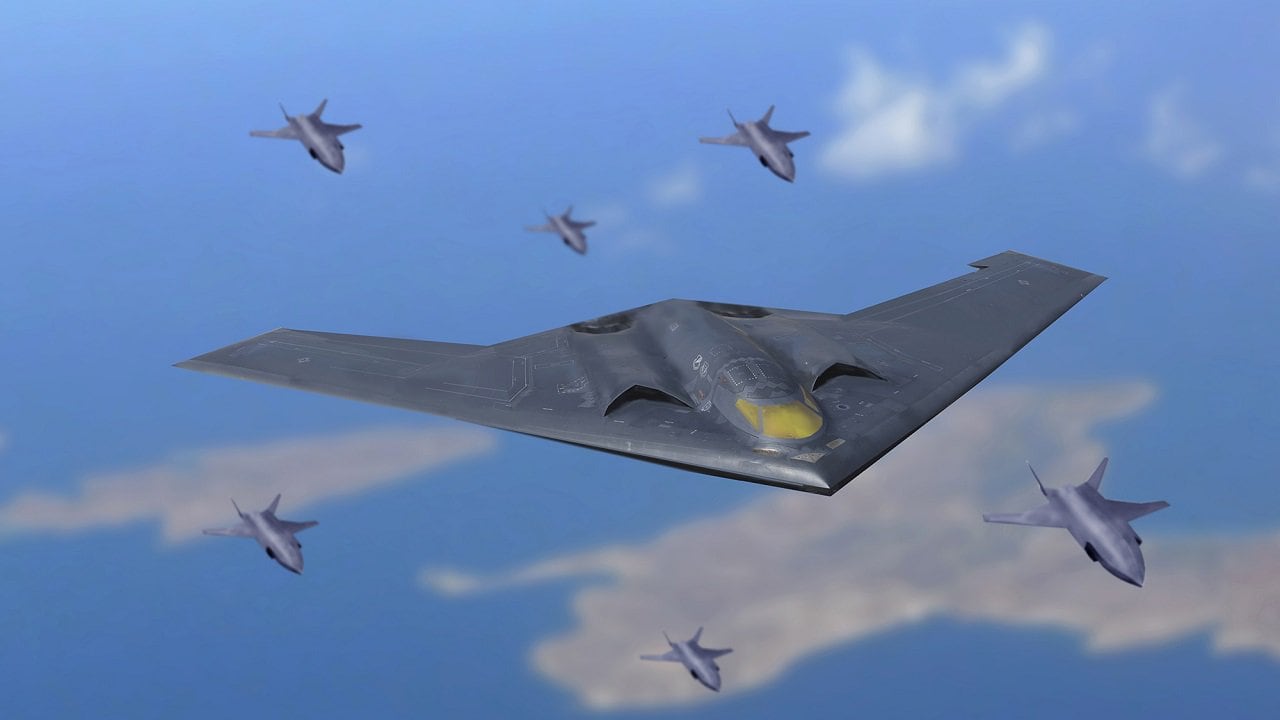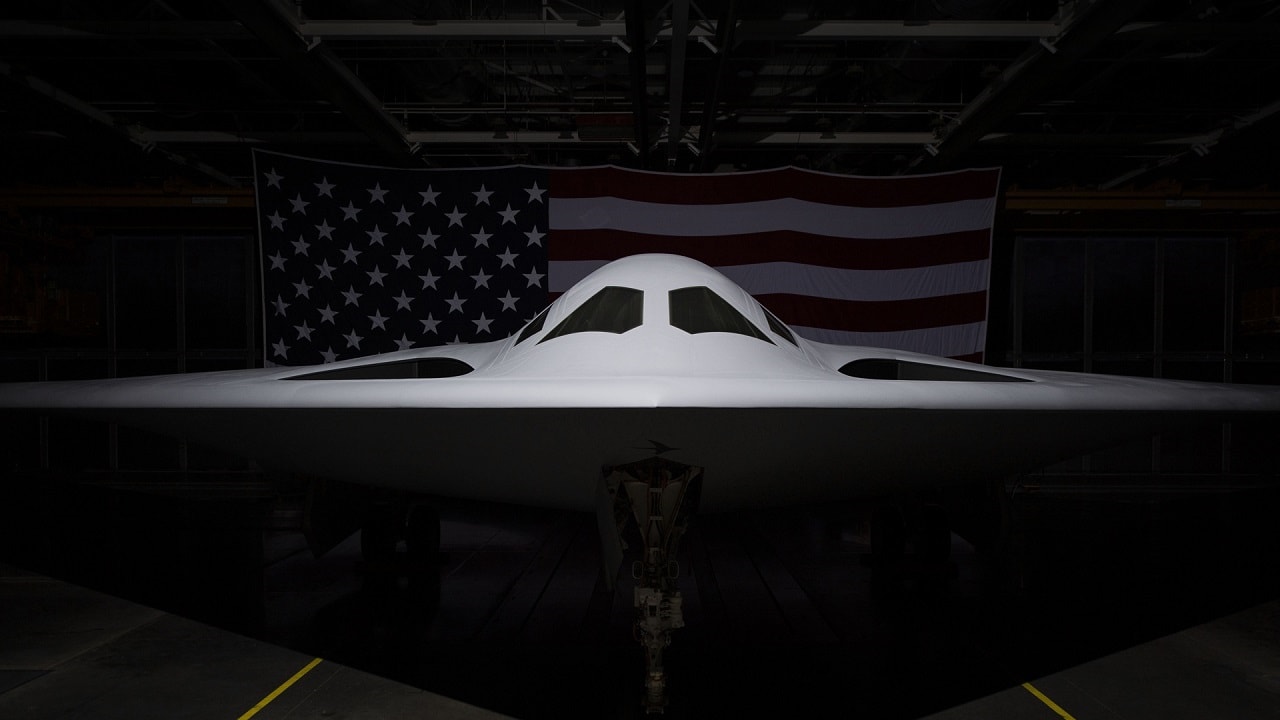Could DOGE target the B-21 Raider stealth bomber? The B-21 Raider is the U.S. Air Force’s next-generation stealth bomber, designed to replace the aging B-1 Lancer and B-2 Spirit aircraft incrementally.
Developed by Northrop Grumman, the B-21 aims to become the cornerstone of the Air Force’s global strike capability, offering advanced stealth features and the ability to deliver both conventional and nuclear munitions.
Despite the promise held by what is likely to be the world’s most capable and advanced stealth bomber, the project faces potentially stiff headwinds from the Trump administration and the cost-slashing Department of Government Efficiency.
The Department of Government Efficiency
Elon Musk, the czar of the newly created Department of Government Efficiency, or DOGE, has been vocal about his desire to radically reduce government spending, as well as his disdain for manned military aircraft.
Musk took to X to express his skepticism about the F-35 stealth fighter, calling the engineers behind the design “idiots,” and seemly advocated for quadcopter drone swarms instead of F-35s. Online commentators were quick to point out that a quadcopter of any size cannot match the F-35 in terms of stealth capabilities, speed, payload, or range.
Quadcopters of increasingly large size have played an outsized role in the war in Ukraine, particularly against armored vehicles, as mine laying platforms, and against individual soldiers, but their usefulness beyond the tactical level is a limiting factor not shared by the F-35.
Promising Updates for Raider Stealth Bomber
In a quarterly earnings call late last month, Northrop Grumman’s CEO Kathy Warden painted a positive picture, announcing that the company had secured the first Low-Rate Initial Production contract for the B-21 Raider stealth bomber.
In what may prove a boon to the company in the face of DOGE scrutiny, last year, the company announced that the B-21 Raider program was actually becoming cheaper.
The projected price for the first five B-21 raiders dropped to $13.1 billion from the previously projected $19.1 billion, a whopping $6 billion in savings.
It could provide enough of an impetus for increased total production numbers.
Thanks to cost savings, the U.S. Air Force may decide to purchase more B-21 bombers. “We would work with the Air Force to look at when those units would come into the contract, and obviously we are accumulating more and more actual performance [data] to help inform discussions with them about the right pricing,” Warden said. “So it would be premature for me to comment on where we expect that to land, but it would be a discussion.”
The U.S. Air Force has previously said that there are around six B-21 Raider bombers in production, and at least one of those has already undergone some flight testing.
By the time the Air Force takes delivery of all of the approximately 100 or so B-21 from Northrup Grumman, it could reinvest the money saved back into the program for purchasing additional bombers.
However, another plausible alternative would be to pursue other future projects that incorporate newer developments and more advanced technologies.
No Alternative if B-21 Raider Bomber Is Gone
While a reduction in program cost is certainly a boon for the program, its ultimate security may be guaranteed by the fact that there is just not a viable alternative.
As the inheritor of the airborne leg of the United States nuclear triad, a hypothetical program cancellation would be devastating for American security.
And as the U.S. Air Force gradually retires the Cold War-era B-2 Spirit bombers, pressure to get the B-21 Raiders online will increase.

An artist illustration depicts a U.S. Air Force extended-range B-21 Raider escorted on a mission by armed unmanned next generation air dominance platforms. This fictional bomber features longer, wider wings, and a deeper fuselage that accommodates larger fuel tanks and dual weapons bays that enables the bomber to carry a much larger and varied payload. Mike Tsukamoto/staff; Greg Davis/USAF
About the Author: Caleb Larson
Caleb Larson is an American multiformat journalist based in Berlin, Germany. His work covers the intersection of conflict and society, focusing on American foreign policy and European security. He has reported from Germany, Russia, and the United States. Most recently, he covered the war in Ukraine, reporting extensively on the war’s shifting battle lines from Donbas and writing on the war’s civilian and humanitarian toll. Previously, he worked as a Defense Reporter for POLITICO Europe. You can follow his latest work on X.

